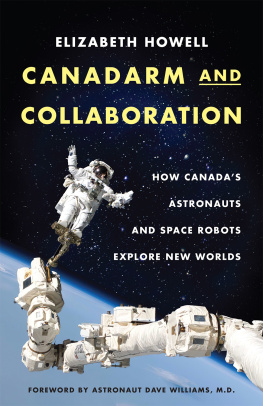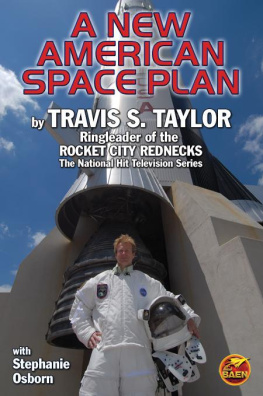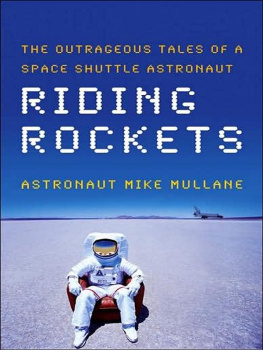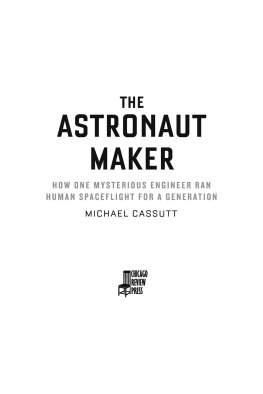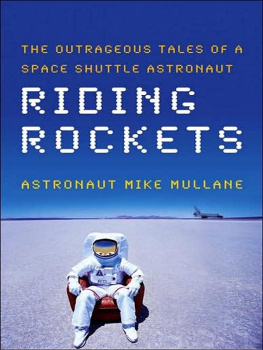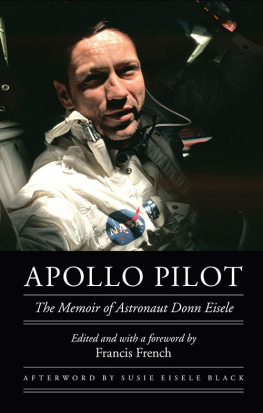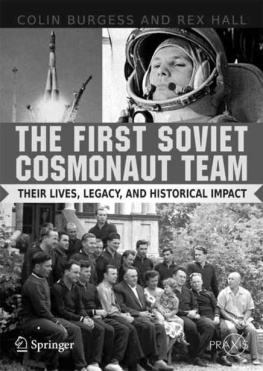Meredith Bagby - The New Guys: The Historic Class of Astronauts That Broke Barriers and Changed the Face of Space Travel
Here you can read online Meredith Bagby - The New Guys: The Historic Class of Astronauts That Broke Barriers and Changed the Face of Space Travel full text of the book (entire story) in english for free. Download pdf and epub, get meaning, cover and reviews about this ebook. year: 2023, publisher: HarperCollins, genre: Detective and thriller. Description of the work, (preface) as well as reviews are available. Best literature library LitArk.com created for fans of good reading and offers a wide selection of genres:
Romance novel
Science fiction
Adventure
Detective
Science
History
Home and family
Prose
Art
Politics
Computer
Non-fiction
Religion
Business
Children
Humor
Choose a favorite category and find really read worthwhile books. Enjoy immersion in the world of imagination, feel the emotions of the characters or learn something new for yourself, make an fascinating discovery.
- Book:The New Guys: The Historic Class of Astronauts That Broke Barriers and Changed the Face of Space Travel
- Author:
- Publisher:HarperCollins
- Genre:
- Year:2023
- Rating:4 / 5
- Favourites:Add to favourites
- Your mark:
The New Guys: The Historic Class of Astronauts That Broke Barriers and Changed the Face of Space Travel: summary, description and annotation
We offer to read an annotation, description, summary or preface (depends on what the author of the book "The New Guys: The Historic Class of Astronauts That Broke Barriers and Changed the Face of Space Travel" wrote himself). If you haven't found the necessary information about the book — write in the comments, we will try to find it.
The never-before-told story of NASAs 1978 astronaut class, which included the first American women, the first African Americans, the first Asian American, and the first gay person to fly to space. With the exclusive participation of the astronauts who were there, this is the thrilling, behind-the-scenes saga of a new generation that transformed space exploration
The story of NASAs Astronaut Class 8, or The F*cking New Guys, as their military predecessors nicknamed them, is an unprecedented look at these extraordinary explorers who broke barriers and blasted through glass ceilings. Egos clashed, ambitions flared, and romances bloomed as the New Guys competed with one another and navigated the cutthroat internal politics at NASA for a chance to rocket to the stars.
Marking a departure from the iconic military test pilots who had dominated the space program since its inception, the New Guys arrived at the dawn of a new era of space flight. Teardrop-shaped space capsules from Mercury, Gemini, and Apollo gave way to the space shuttle, a revolutionary space plane capable of launching like a rocket, hauling cargo like a truck, and landing back on Earth like an airliner. They mastered this new machine from its dangerous first test flights to its greatest achievements: launching hundreds of satellites, building the International Space Station, and deploying the Hubble Space Telescope.
The New Guys depicts these charismatic young astronauts and the exuberant social and scientific progress of the space shuttle program against the efforts of NASA officials who struggled to meet Americas military demands and commercial aspirations. When NASA was pressured to fly more often and at greater risk, lives were lost in the programs two biggest disasters: Challenger (1986) and Columbia (2003).
Caught in the crosshairs of this battle are the shuttle astronauts who gave their lives in those catastrophes, and who gave their lives work pursuing a more equitable future in space for all humankind. Through it all they became friends, rivals, lovers, and ultimately, family.
Meredith Bagby: author's other books
Who wrote The New Guys: The Historic Class of Astronauts That Broke Barriers and Changed the Face of Space Travel? Find out the surname, the name of the author of the book and a list of all author's works by series.



